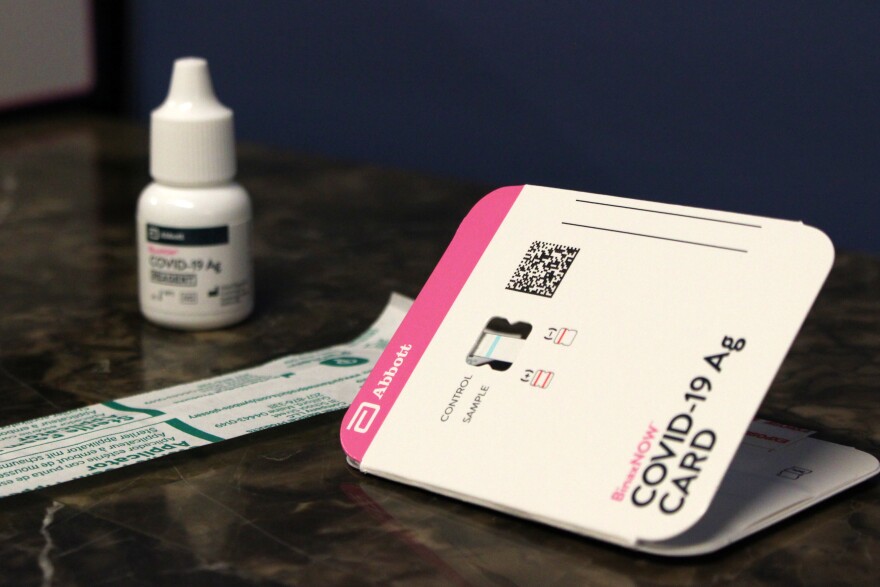As the omicron variant of the coronavirus continues to spread, more people are using at-home, rapid antigen tests to determine whether it’s safe to interact with people without spreading the virus.
These antigen tests are pretty accurate — but false negatives, or results that say you don’t have COVID when you do, can still happen.
Dr. Jaquelin Dudley, a molecular biology professor and associate director of the LaMontagne Center for Infectious Disease at the University of Texas, said many of those false negatives can be chalked up to user error and bad timing.
She said when going to a county-run testing site or pharmacy, trained professionals are taking your samples and can provide guidance — like asking people to not eat or drink 30 minutes before a saliva sample is taken.
“But at home, of course, nobody has control over whether people are following the instructions,” Dudley said.
She stressed the importance of carefully reading and following the directions on the at-home test. The Centers for Disease Control and Prevention (CDC) also recommend washing your hands, cleaning the surface you’re placing the test on, and leaving all the equipment in its packaging prior to collecting your sample to improve the accuracy of at-home tests.
Waiting a few days after potential exposure before even taking the test can also help reduce your chances of a false negative. Dudley said it takes a few days for antigen tests to be able to detect COVID.
“Somebody will be exposed, for example, and they may test right away,” she said. “But that doesn't give a chance for the virus to reproduce, and if the virus doesn't reproduce, there won't be any antigens or viral protein there to be detected [by the rapid tests].”
“That's the key thing, is to catch the virus at the peak and not when your immune system still has it under control and has lowered the levels to below the detection limit,” Dudley said.
She said if you’re having symptoms consistent with COVID, you should stay home and test as soon as those symptoms occur.
If you’re asymptomatic but think you’ve been exposed to COVID, you should still stay home but wait two to five days after the possible exposure to take an at-home test. Dudley said that should give the virus enough time to reproduce and be detected by the rapid antigen test. You should still quarantine while you’re waiting those few days though, she said.
Dudley and the CDC both recommend retesting after a few days as well, to have even more confidence that you won’t be potentially spreading the virus.
Editor’s note: A previous version of this story inaccurately described the percentage of false negatives from at-home COVID tests.
Got a tip? Email Rebekah Morr at rmorr@kera.org. You can follow her on Twitter .
�Ļ�ӰԺ is made possible through the generosity of our members. If you find this reporting valuable, consider today. Thank you.






